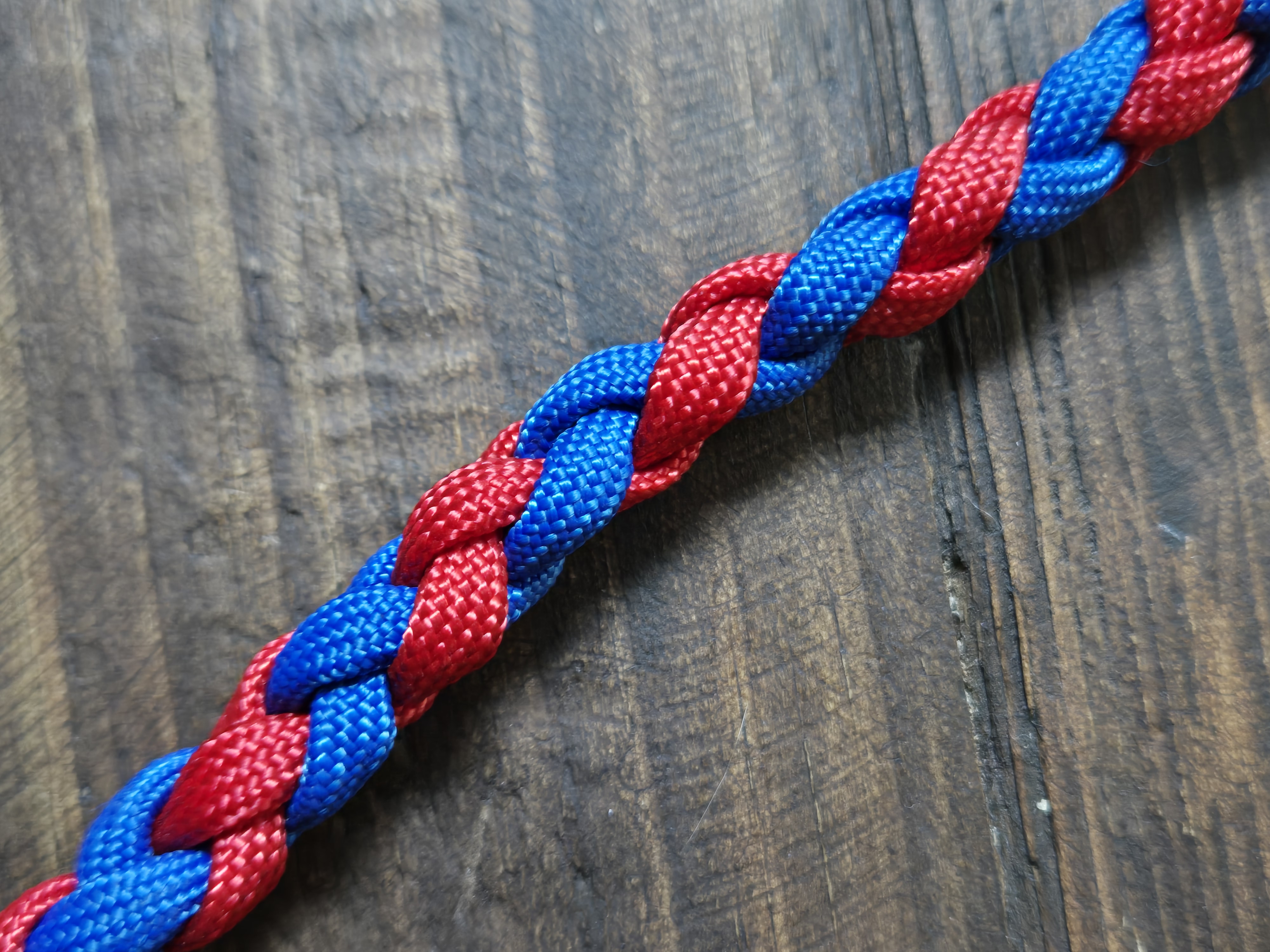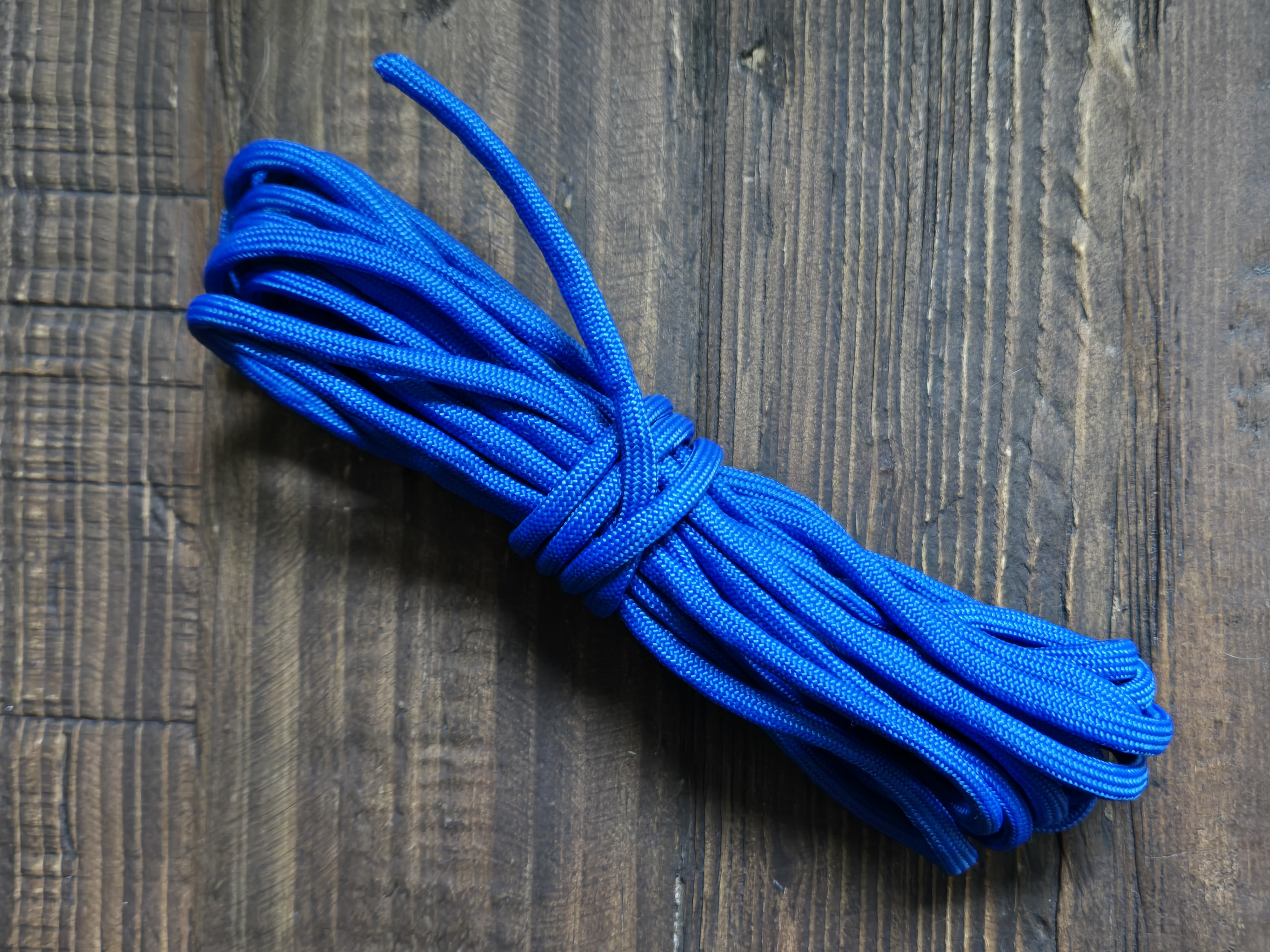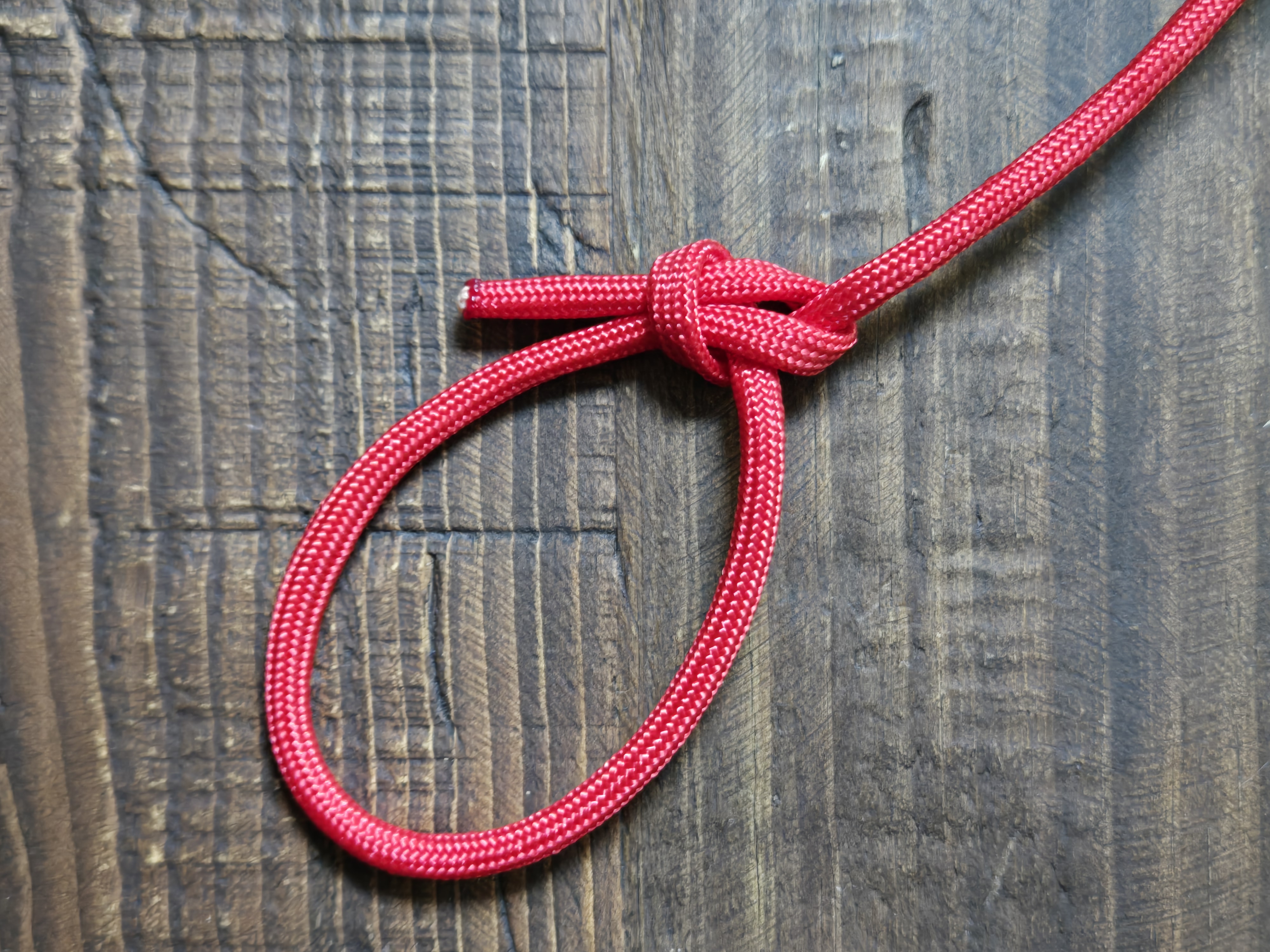It happens in every survival class. When the topic of knots comes up and we start down the rabbit hole of tying them, someone is bound to say, “there are too many to remember” or “I don’t need all of these.” Frustration is very real when it comes to memorization and among high performers or type A personalities. In a perfect world, all of my students would know how to tie knots prior to coming to courses and we could zip right through that section. The reality of the matter is, most people have a working knowledge of a few used regularly but not the specific knots used to address bushcraft and survival tasks. When that happens, the old expression, “if you can’t tie knots, you tie lots is apropos. A bird’s nest of knots may work but then again, it may loosen, come untied, be difficult to untie and require a knot wrench (knife), or get tangled around something else. With so many knots, the task of learning them can be overwhelming but one doesn't have to be. Here are my suggestions.
Overhand Varieties

(Fisherman's Knot)
The overhand knot is one of the most common knots and you’ve likely tied it thousands of times in your lifetime. That said, learn the varieties of it. A fisherman’s knot can be used to join similar lines together and it is merely two overhand knots with opposing running ends tied on one another (See photo). A surgeon’s knot provides excellent tension and holds better than a standard overhand. A square knot is a combination of overhand knots with “left over right” and then “right over left”. A double overhand can be used to tie a loop but it isn’t the easiest to untie when tensioned. Even a simple stopper knot is a variation of the overhand knot that can be used to keep hoodie cords from pulling free.
Paracord Braiding

(4 Strand Braid)
550 paracord is the standard measure for cordage. It has length, strength, and flexibility and it is found in just about every outdoor sporting goods store. Sometimes, the paracord is too thick which requires the user to remove the inner strands and work with those. Other times, paracord doesn’t have enough strength or necessary diameter. That’s when knowing how a three-strand or 4-strand braid comes into play. Many knots can be tied with multiple strands of paracord like the simple overhand knot mentioned previously. Just make sure your lines are dressed (not overlapping or twisted) properly.
Task Specific
Some people believe the granny knot is all you need in the great outdoors. While a great knot, that knot alone won’t hold a ridgeline as well as a trucker’s hitch finished with a couple half hitches. The granny knot also won’t serve as a progress saver like a prusik or a klemheist. The granny knot won’t hold your boots on as well as a paracord boot lace knot and it also won’t hold cordage of two different diameters together as well as a double sheet bend. Fishing hooks will hold better with a palomar or trilene knot than a granny. Bottom line, some knots are purpose specific. Even if you don’t plan on tying a ridgeline for a tarp, you can apply the same knot concepts to securing a canoe or large parcel to the roof of your car.
Cordage Maintenance

(Hacking)
Sometimes the knots you tie are intentional and sometimes they aren’t. When students show up to class, they often arrive with a 100’ length of paracord still in the package. By the time they leave, they learn to cut their cord into manageable and memorable halves. 100’ becomes 50’, 50’ becomes 25’, 25’ becomes 12’6” and so forth. These lengths are easily hanked and staged to avoid tangling. Left alone, cordage becomes a mess in the bottom of your pack. Properly addressed, it can be utilized without a snag or tangle.
Conclusion

(Bowline Knot)
Learn to tie the right knots and stay proficient with them. Visit www.animatedknots.com and keep a length of cordage in your car for when traffic is at a never-ending stand still. Learn a knot a week for a year and you’ll see the right knot is better than many knots. By the way, if you’re wondering about the knots we cover in the Modern Survival Skills course, here they are in no particular order. Overhand, double overhand, surgeon’s, stopper, square knot, fisherman’s, prusik, paracord boot lace knot, double sheet bend, trucker’s hitch, rolling hitch, half hitch, bowline, figure of 8, and braiding. Try your hand at those and hopefully I’ll see you at a course soon.
